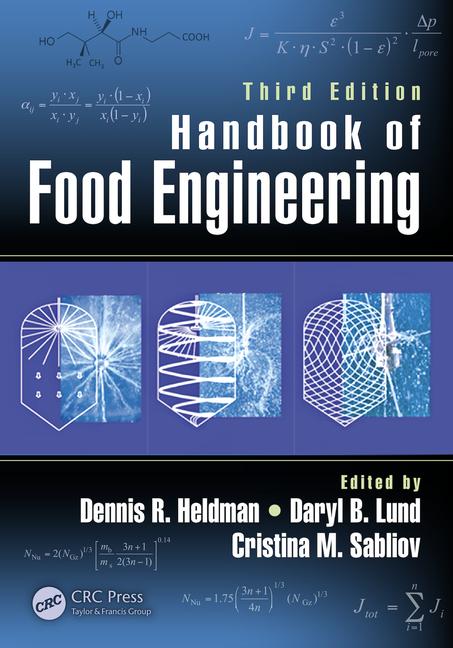

Glass, hard plastics, stones, pieces of metal, bone, seeds, pits and wood can cause injuries to the mouth, teeth and worse if swallowed. According to FDA guidelines for hard and sharp objects, items sized between 7.0 and 25mm are deemed unsafe. Items smaller than 7mm rarely cause injuries, except with infants, and those greater than 25mm don’t fit well in the mouth.
In agricultural processing, operations are designed to remove foreign materials during receiving. Harvesters pick up everything: birds, rodents, snakes, glass, rocks, etc. Plus, systems such as wash tanks, air blowers, destoners, float tanks using a compound like salt to alter the specific gravity of water, magnets, flumes and other devices help ensure undesirable items are removed. A final wash or rinse before processing helps remove even small materials. However, despite these efforts, sometimes items manage to get though. For example, the produce industry has occasional problems with small frogs that stick to the greens and end up in bagged products.
Over the past decade, food processors have focused their attention on foreign material detection due to the desire to ensure food quality and safety while meeting buyer requirements that include all products be passed through a metal detector. The exception is fluid products and powders that may be passed through in-line detector systems. These detectors are used when processing bulk materials, although some operations utilize detectors with gates large enough to handle 50-pound sacks.
When installing a metal detector, food processors should work closely with the equipment manufacturer to ensure the unit is not only properly installed, but operating at optimum sensitivity limits. For example, if a processor decides to use a metal detector on 50-pound bags of powder or cases of frozen entrées, minimum sensitivities may start at 4.0mm for ferrous metals. This would meet FDA guidelines for hard and sharp objects, but might not satisfy a buyer. Operating at lower sensitivities may result in false positives. Consequently, processors should have the manufacturer provide a letter defining minimum sensitivities for the system. The system should also be validated so there is supporting data that demonstrates performance.
Of course, many products, such as items using metalized film for packaging and some recycled paper products used for secondary packaging, cannot be passed through a metal detector. In these cases, as well as other applications, X-ray technology is a viable option. These machines not only find bits of metal, they also detect stones, glass and bone. Other available detection tools include in-line screens, sieves and magnets.
Food processors need to select the equipment for foreign material control that best meets their needs and the demands of their buyers. However, if a buyer’s demands are too extreme, the processor must be able to demonstrate that its system is equal to or better than what the buyer demands.





